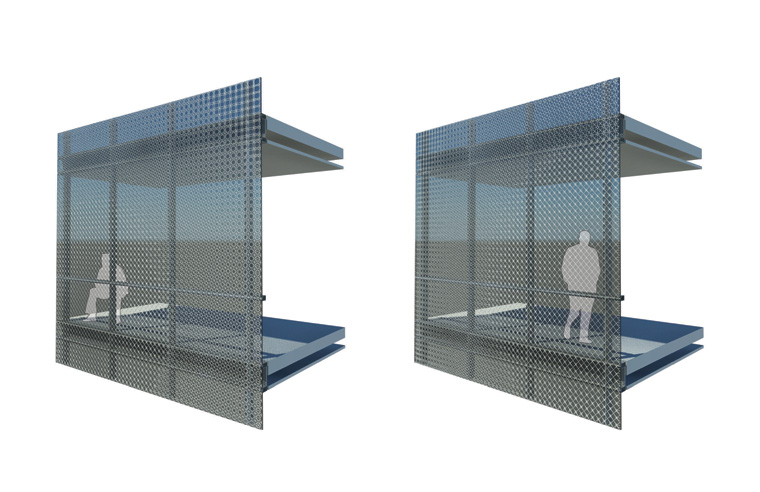To mimic human cell behaviour
eSkin

Jenny E. Sabin
How might architecture respond to issues of ecology and sustainability whereby buildings behave more like organisms in their built environments? We are interested in probing the human body for design models that give rise to new ways of thinking about issues of adaptation, change and performance in architecture. The eSkin project starts with these fundamental questions and applies them towards the design and engineering of responsive materials and sensors. The work presented here is one subset of ongoing trans-disciplinary research spanning he fields of cell biology, materials science, electrical and systems engineering, and architecture. The goal of eSkin is to explore materiality from nano to macroscales based upon an understanding of the dynamics of human cell behaviours.
Probing the human body for design models for adaptation, change and performance in architecture.
Our project contributes to an area within architecture called adaptive architecture while also presenting a unique avant-garde model for sustainable design via the fusion of the architectural design studio with laboratory-based scientific research. The synergistic, bottom-up approach across diverse disciplines, including cell-matrix biology, materials science and engineering, electrical and systems engineering, and architecture brings about a new paradigm to construct intelligent and sustainable building skins with minimal energy consumption that engage users at an aesthetic level.
This project is funded by the National Science Foundation and is jointly housed at the University of Pennsylvania and Cornell University.

